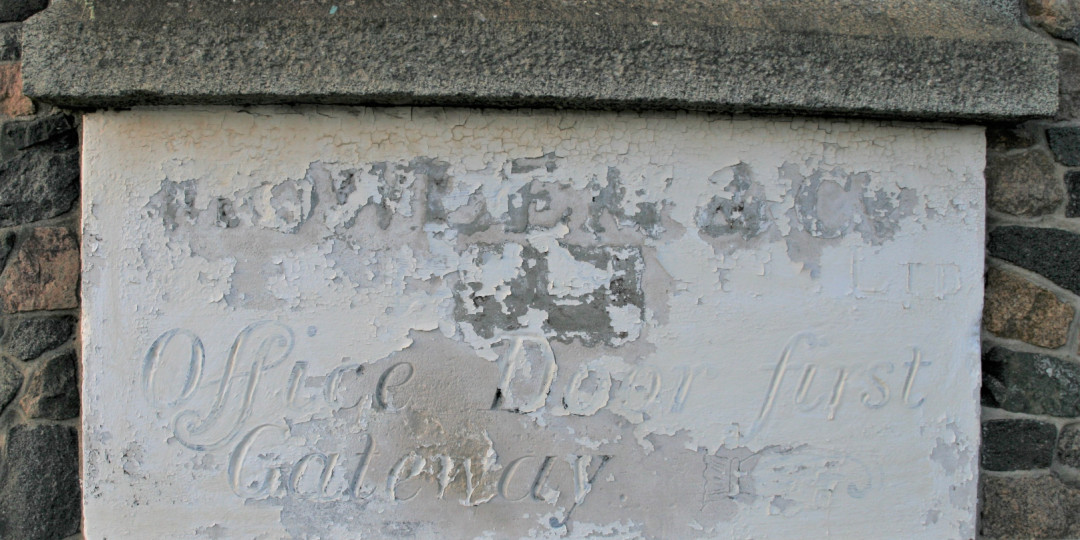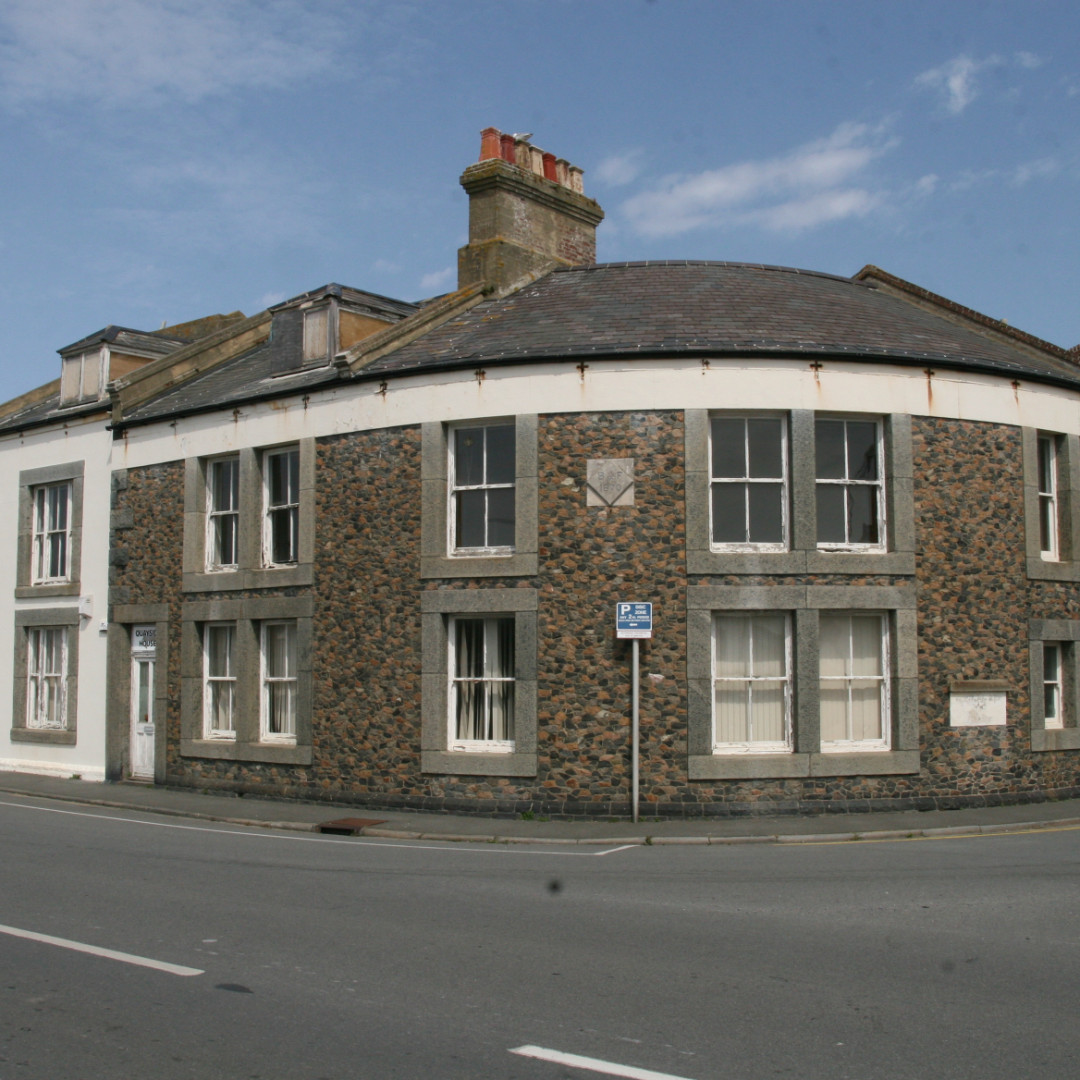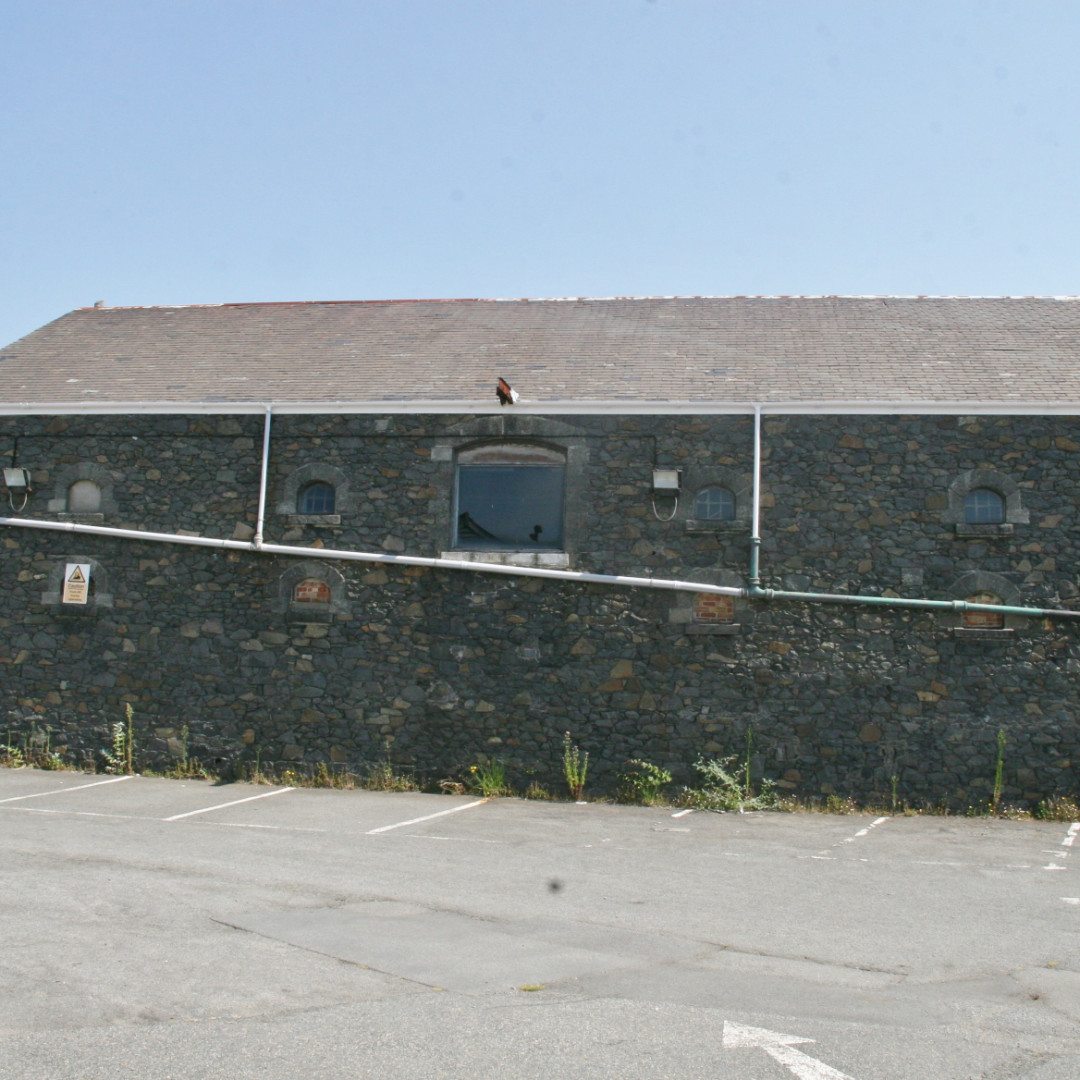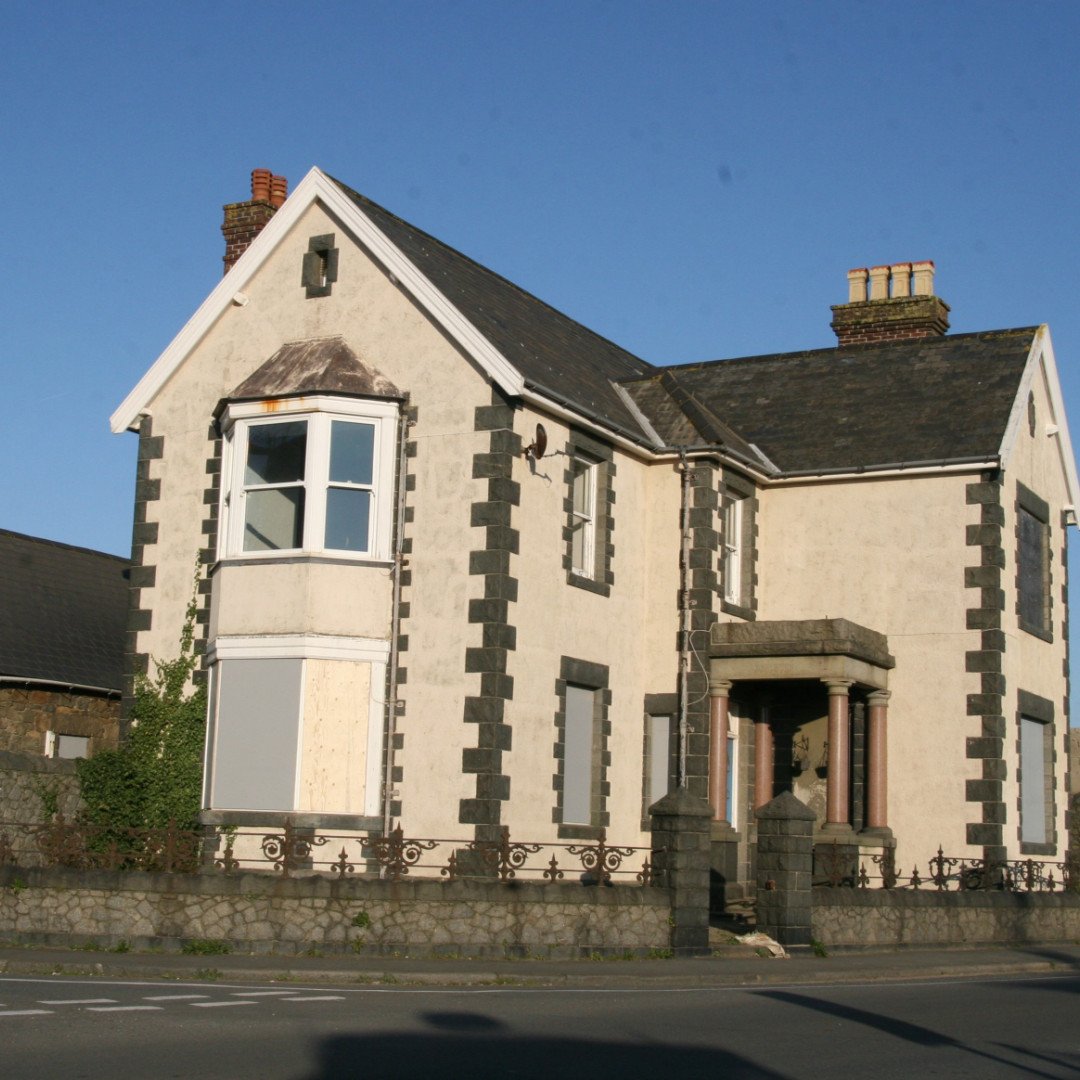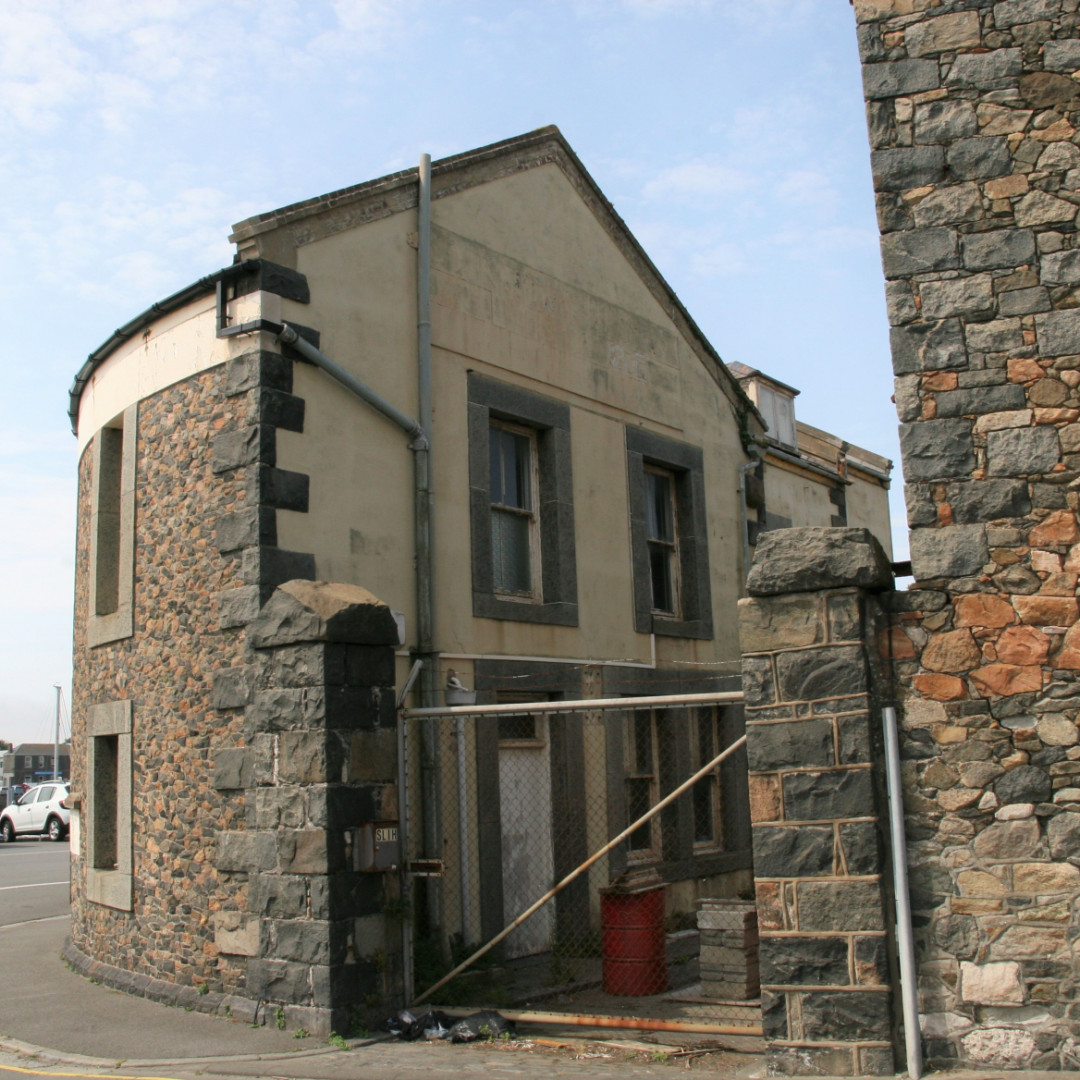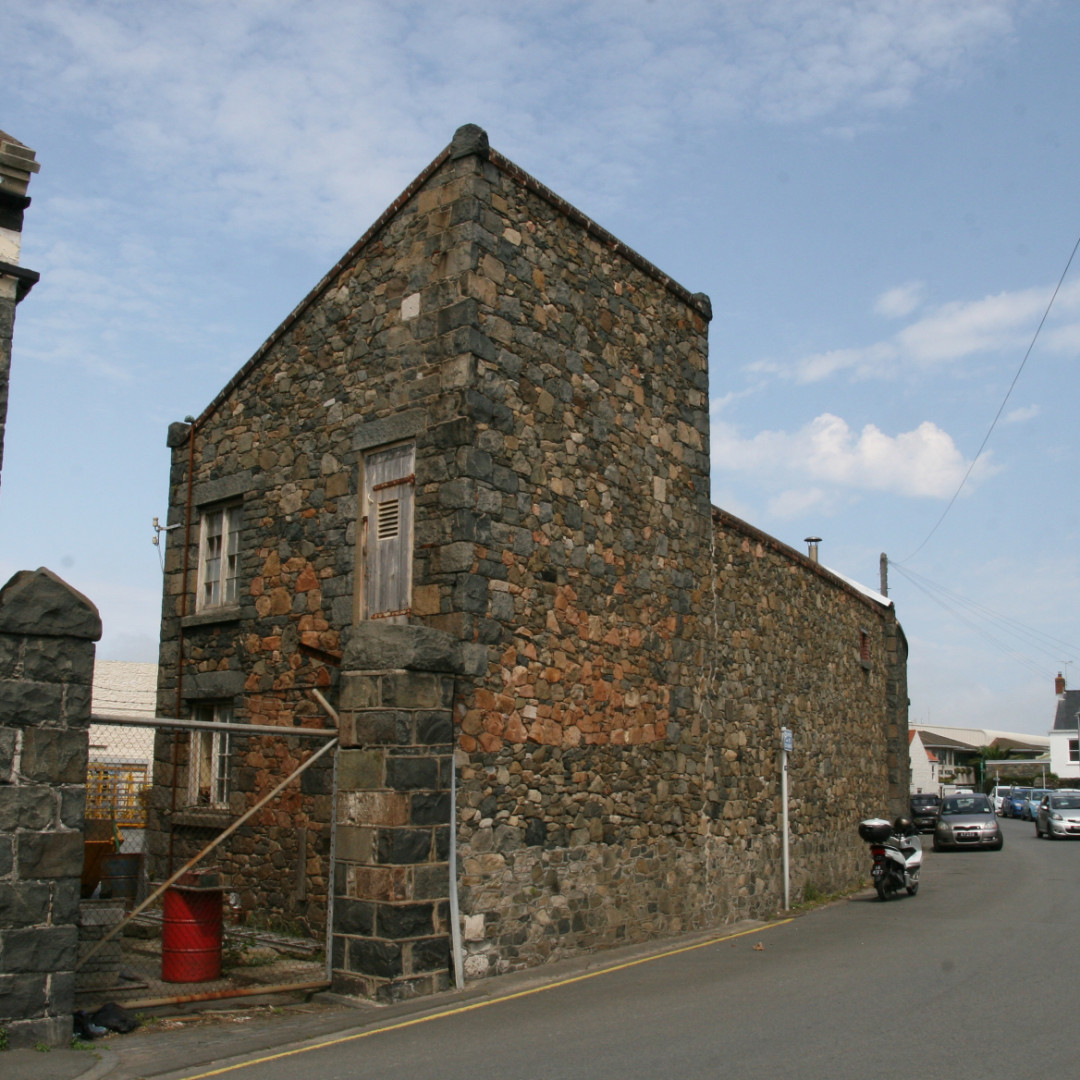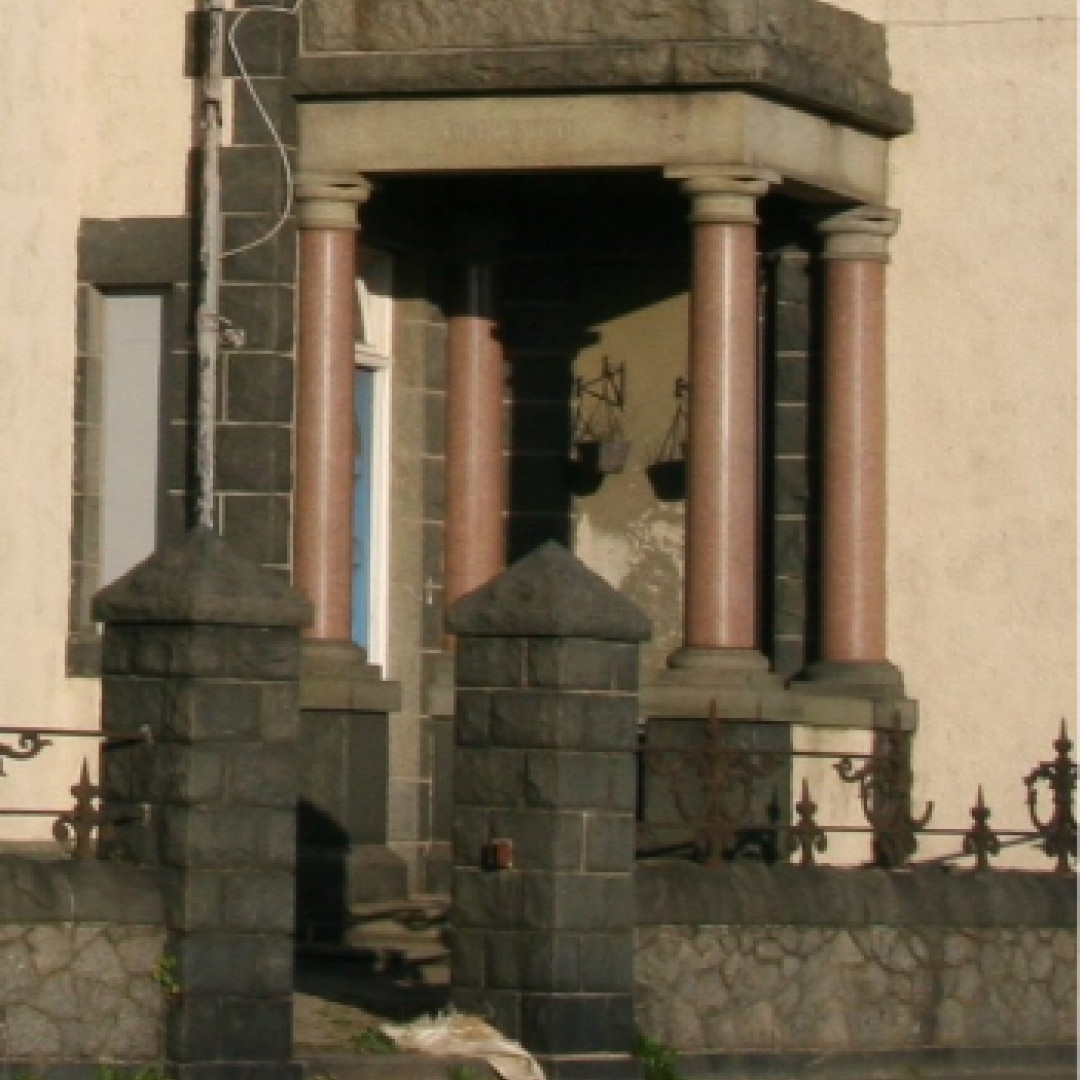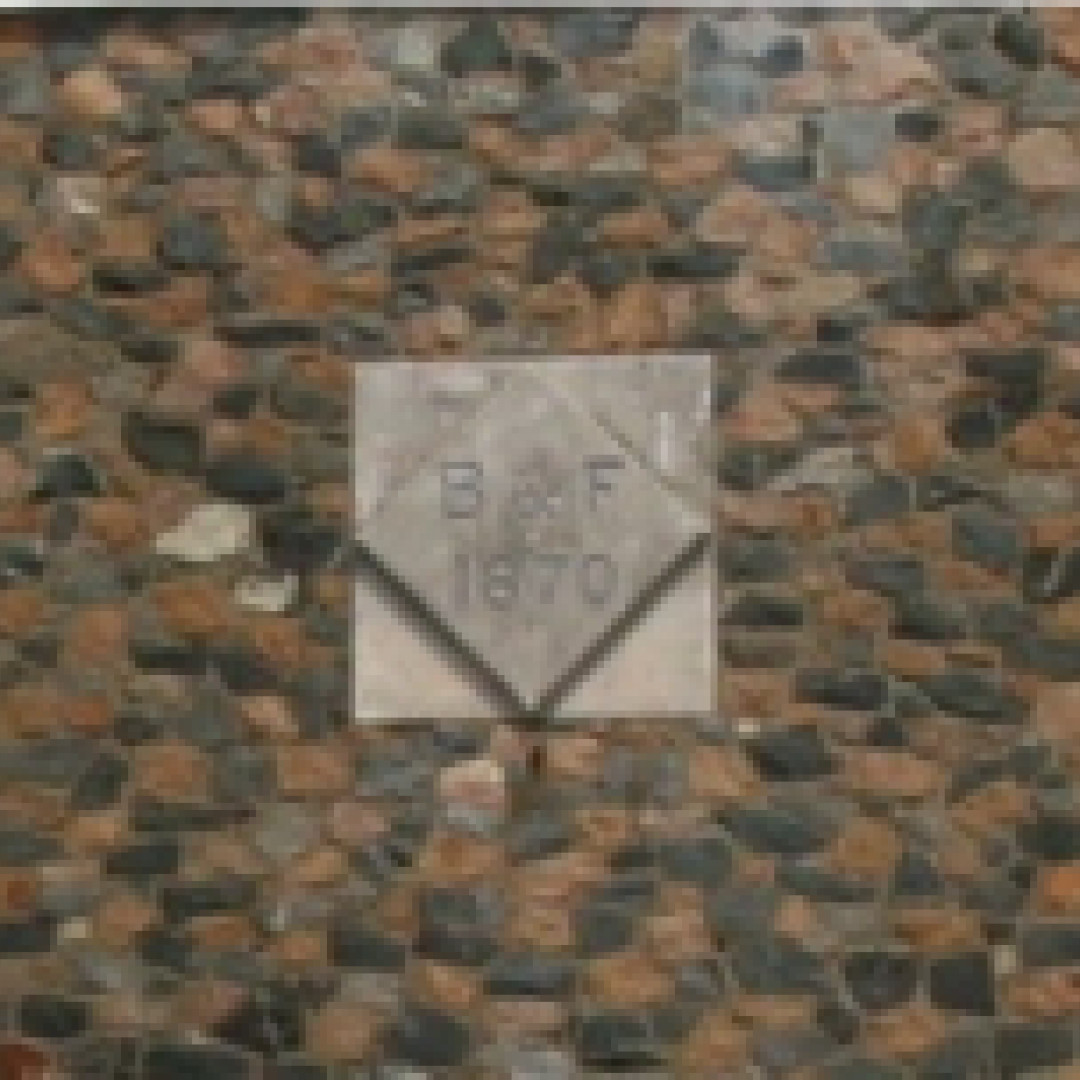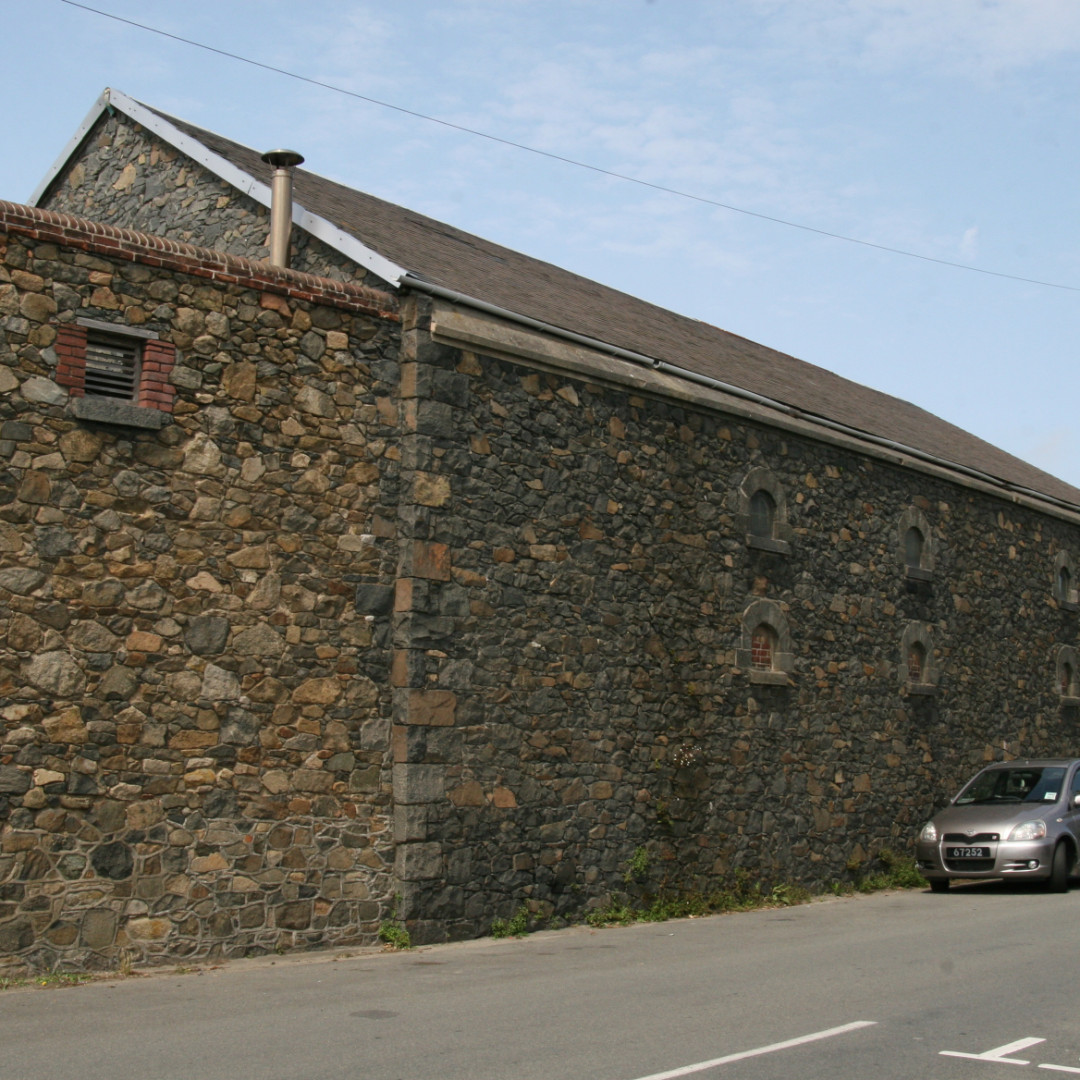
Quayside area and its granite history
Church House and Mowlem's Yard | Church House restoration | Conservation | Mowlem's Yard | News
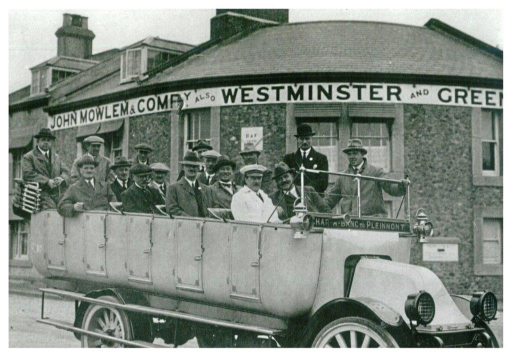
Plans for a new homeware store in St. Sampson’s, and plans to convert three nearby properties, Durlston House, Quayside House and La Croix into six flats were approved at an Open Planning Meeting held on Tuesday 18th June 2024 and have been described as a ‘milestone’ for the area.
The buildings and area feature significant architectural markers indicating Guernsey’s quarrying history including influential industrialists of the time, both local and from the UK, particularly John Mowlem whose South Side offices and forge, known as Church House, have been restored by National Trust of Guernsey.
The Trust has had the very good fortune to benefit from the extensive research of local resident Peter Stewart, whose knowledgeable insight into Guernsey’s granite industry has helped the Trust not only during its Church House restoration, but also as it prepares information together with artefacts, for the interpretation centre reflecting the history of Guernsey’s granite industry, to be housed at the old forge in the grounds of Church House.
Peter Stewart attended the recent Open Planning Meeting, urging preservation of various aspects of these historic buildings, all of which are detailed in the accompanying report and photographs.
Supporting the development of the area, DPA President Victoria Oliver acknowledged the importance of retaining historical aspects of the granite industry.
Our role involves balancing development to enable the economy while preserving and enhancing what makes Guernsey a great place to live. These applications address that balance well by bringing investment to the area while retaining the features steeped in Guernsey’s quarrying history which contribute to our island’s heritage look and feel.
Peter Stewart’s insight into the history and unique aspects of these buildings is illuminating and vital to understanding the value of conservation. We are most grateful to Peter and would like to take this opportunity to share his meticulous information and accompanying photographs. Whoever knew the history behind the red Aberdeen granite portals and name at Durlston House? This is an enlightening read and, as ever, the ability to be a timelord through shared information is not only valuable, but a treasured journey. Thank you Peter.
Note: owing to website issues we are currently unable to add titles and descriptions to the images supplied. This will be corrected as soon as possible.
Peter Stewart: Presentation to Open Planning Meeting re Quayside House and other properties with historical relevance to Guernsey's Granite Industry
I am an active member of the National Trust of Guernsey and have been researching the local quarrying industry as a hobby for some time, with a special interest in the company of John Mowlem & Co who operated in Guernsey for nearly a century.
Quayside House, and the adjacent granite weighbridge area, and blacksmiths building are of a high historical importance to our past quarry industry.
The office building – the front façade of which is curved – is built with various types of local granite in a random style, identical to that of Church House adjacent to St Sampson’s Church which was restored by the National Trust of Guernsey. The office building’s wooden sash windows and dormers, with large blue granite surrounds to the sash windows, add a great deal to the façade of the building. The large brick and mortar chimney with seven chimney pots is also a notable feature of the building. Set between two windows on the first floor is a plaque constructed in sand and cement with the initials B & F which stands for George Burt & Joseph Freeman, the two managing directors of Mowlem’s at this time with the 1870 build date below. On the East side of the building and set in the façade, is an oblong sign constructed in sand and cement that reads “John Mowlem and Co Ltd. Office Door First Gateway” with a hand and a pointed finger, which takes one back to a bygone age. The metal weighbridge is long gone, but the granite surround is still in place, indicating where box carts pulled by one horse would have stopped to weigh granite loads from the quarries, or when transporting granite to the nearby vessels at St Sampson’s Harbour for export to the U K.
The adjacent blacksmiths building would have been used for the shoeing of the heavy quarry horses, which hauled granite in the quarries, and also transported the granite to the adjacent stone yards, and later to the Mowlem steam-powered crushing mill in Castle Road. These horses were kept in the adjacent stables which runs parallel with Longree Road.
The large granite pillars at both entrances of Quayside House with their massive capping stones are typical of the entrances to Mowlem’s quarries and premises around the Vale and St Sampson’s Parish and should be protected at all costs.
Durlston House, named after Durlston Country Park in Dorset, and created by Sir George Burt of Mowlem’s was built for the company manager. This is also of high historical importance with the blue granite window surrounds and edges to the corners of the building. The front boundary wall of the house, with four granite pillars and capping stones, all built in blue granite, and the wall topped with cast iron ornamental railings, is another fantastic feature. The four polished red Aberdeen granite portals supporting a large blue granite capping stone over the front door entrance, help to make this a special building.
I would like to see these buildings converted to make residential accommodation, as they have been neglected for a very long time and would provide much needed homes.
But the historical fabric of them must be retained for future generations to see, and as a tribute to all those who were involved in the granite industry of this island.
When this project is completed, perhaps the name Durlston could be once again be placed over the front door of this house. Perhaps the Quayside building could be renamed Mowlem House to mark the Mowlem Company history in this island.
